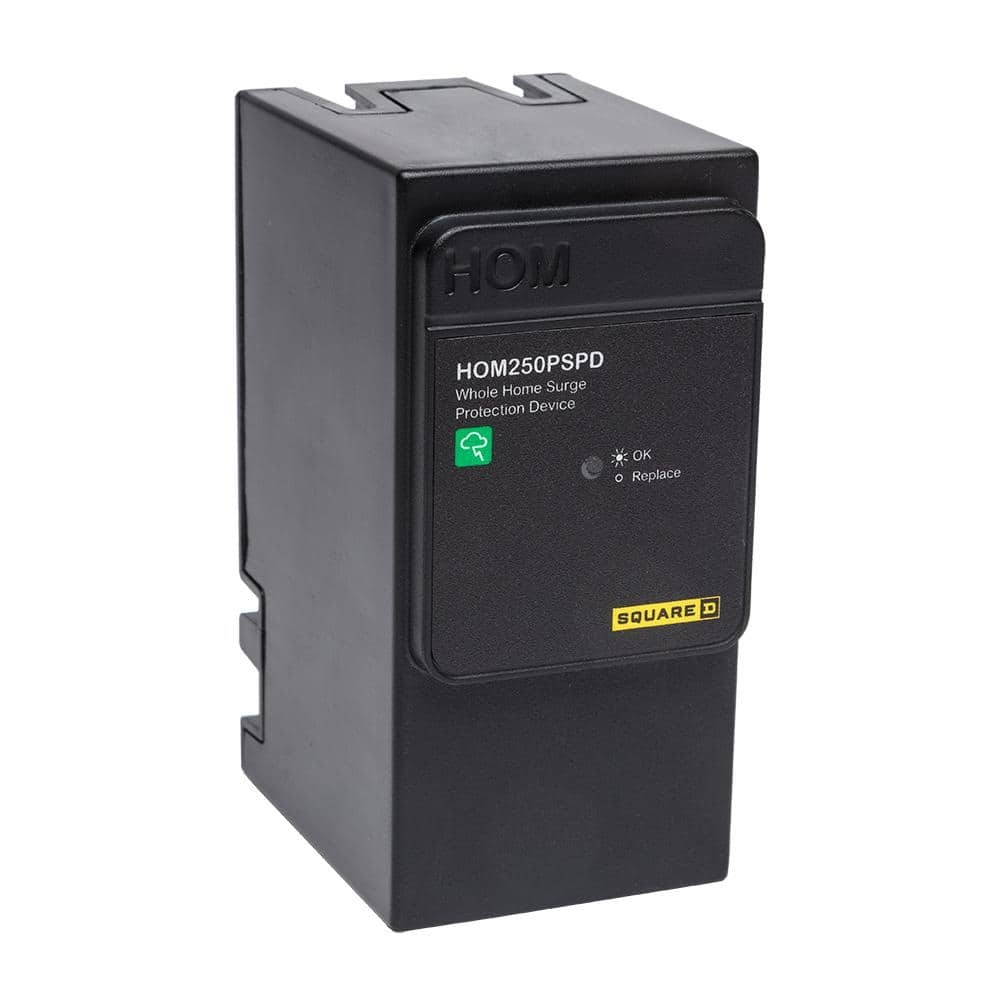jaggedben
Senior Member
- Location
- Northern California
- Occupation
- Solar and Energy Storage Installer
We are installing more and more residential energy storage, which is expensive equipment. We're thinking of installing surge protectors standard with our installations to protect this equipment. We've had a handful of solar inverters get knocked out by surges. Most practical seems to the surge protectors made by the panelboard manufacturers that just plug on like a breaker. (These are AC coupled systems.)
I'm curious what your general thoughts and experiences are with these, and also whether they are sufficiently rated. For <$100 They seem to be rated at 50,000 amps, which I guess I don't really understand the meaning of in terms of what the likelihood is of a surge that size. We are just looking to prevent say 90 percent of the possible damage from surges without spending too much. I suppose I'll probably get as many opinions as replies, but what say you, are these worth it?
I'm curious what your general thoughts and experiences are with these, and also whether they are sufficiently rated. For <$100 They seem to be rated at 50,000 amps, which I guess I don't really understand the meaning of in terms of what the likelihood is of a surge that size. We are just looking to prevent say 90 percent of the possible damage from surges without spending too much. I suppose I'll probably get as many opinions as replies, but what say you, are these worth it?



